Xpeng to release an updated P7 in Q4
In China, the new P7 is due to be launched on the market in the course of the third quarter; the application for approval or inclusion in the vehicle catalogue of the Chinese Ministry of Industry and Information Technology (MIIT) is one of the last regulatory steps before the start of sales. It is not yet known if and when the new generation will come to Europe.
Let’s take a look at the information that has now become known: Xpeng is not only giving its saloon a fundamental, technical update, but also a new design. The continuous moulding at the front and, above all, the vertical headlight elements set the new P7 apart from its predecessor (see our driving report here), and the almost vertical lights can also be found at the rear. It is not yet known whether this is an independent look for the model or a fundamentally new design language from Xpeng. CarNewsChina sees some parallels in the design to the Cybertruck/Cybercab from Tesla.
Compared to the P7+, the new generation is even slightly shorter (5.02 instead of 5.06 metres), but slightly wider (1.97 instead of 1.94 metres) and flatter (1.43 instead of 1.51 metres), with the wheelbase increasing by one centimetre to 3.01 metres. 20-inch wheels are fitted ex works, with 21-inch wheels also available as an option – the design of the wheels is also decidedly angular. As with the Wing Edition of its predecessor, there are also gullwing doors at the front
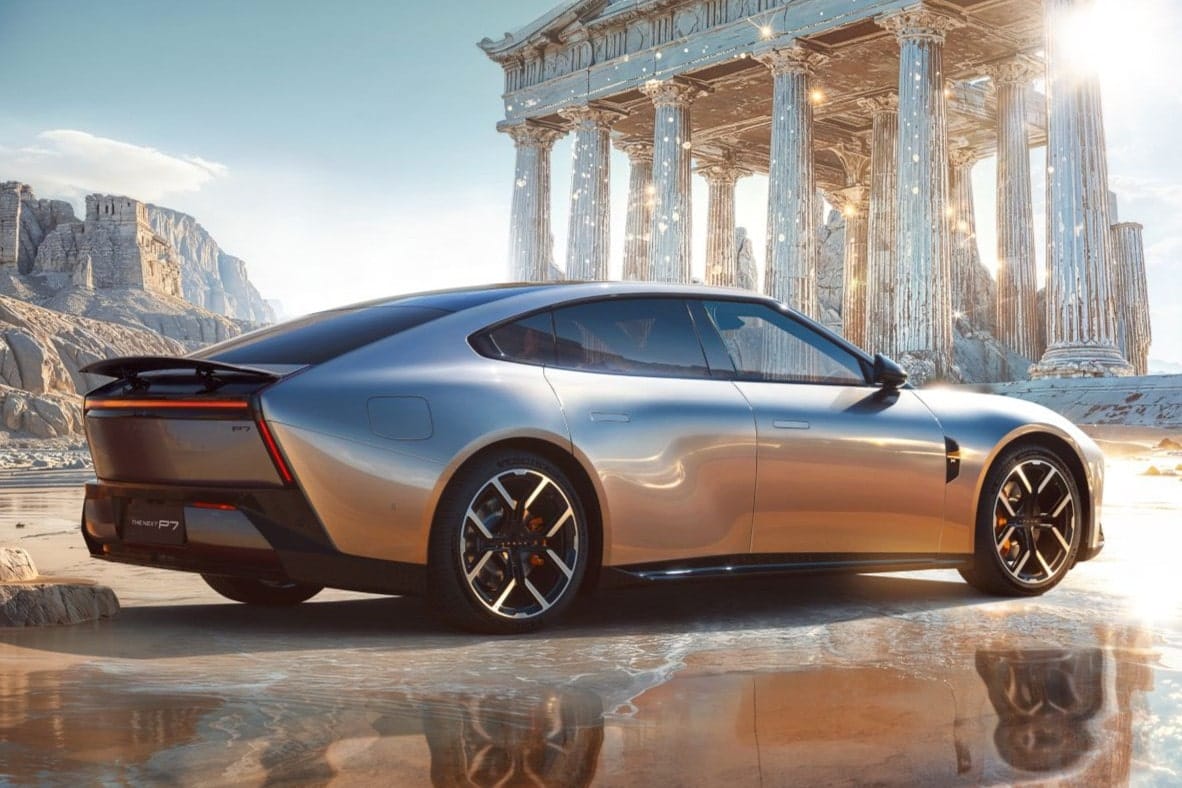
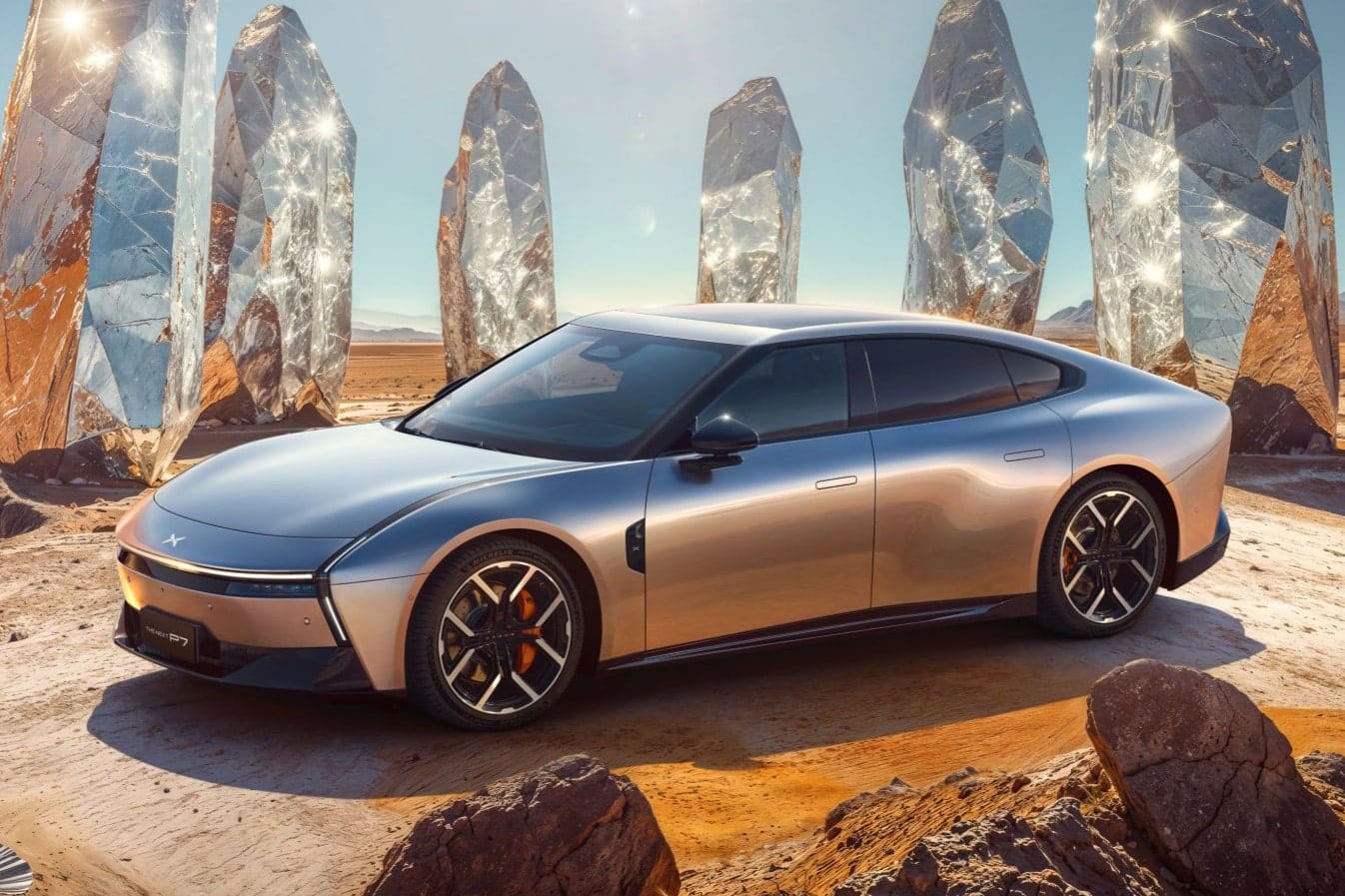
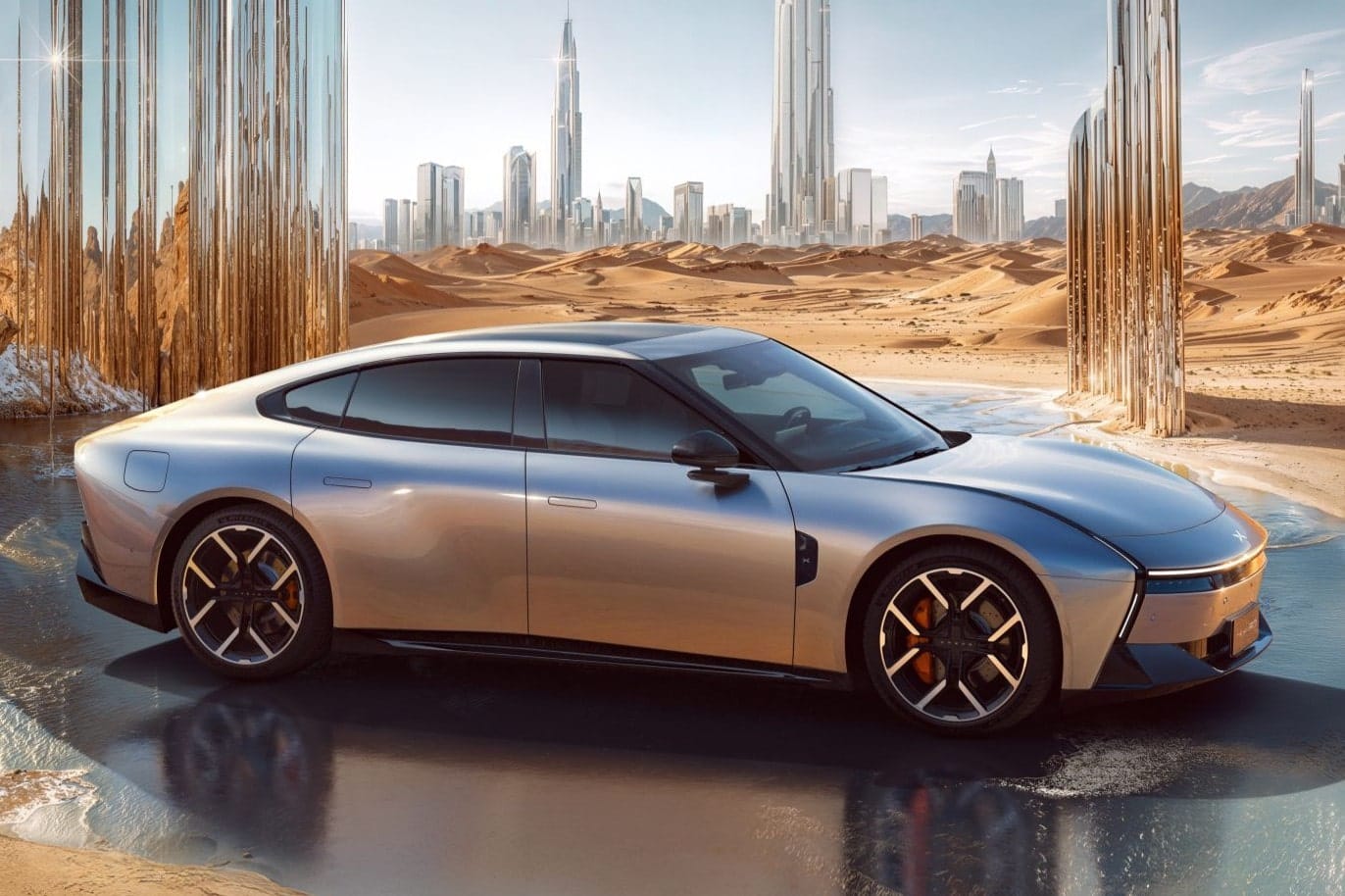
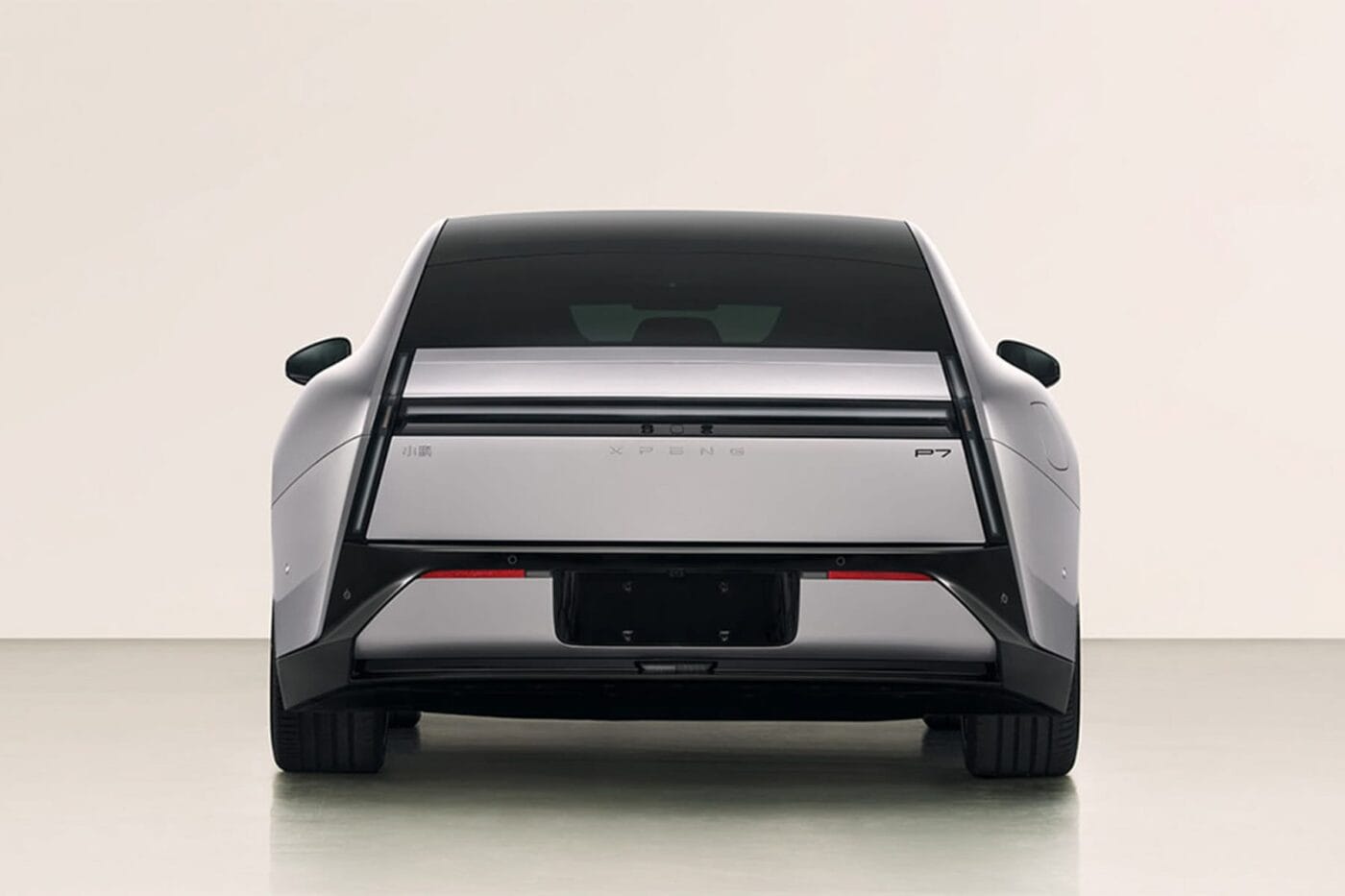
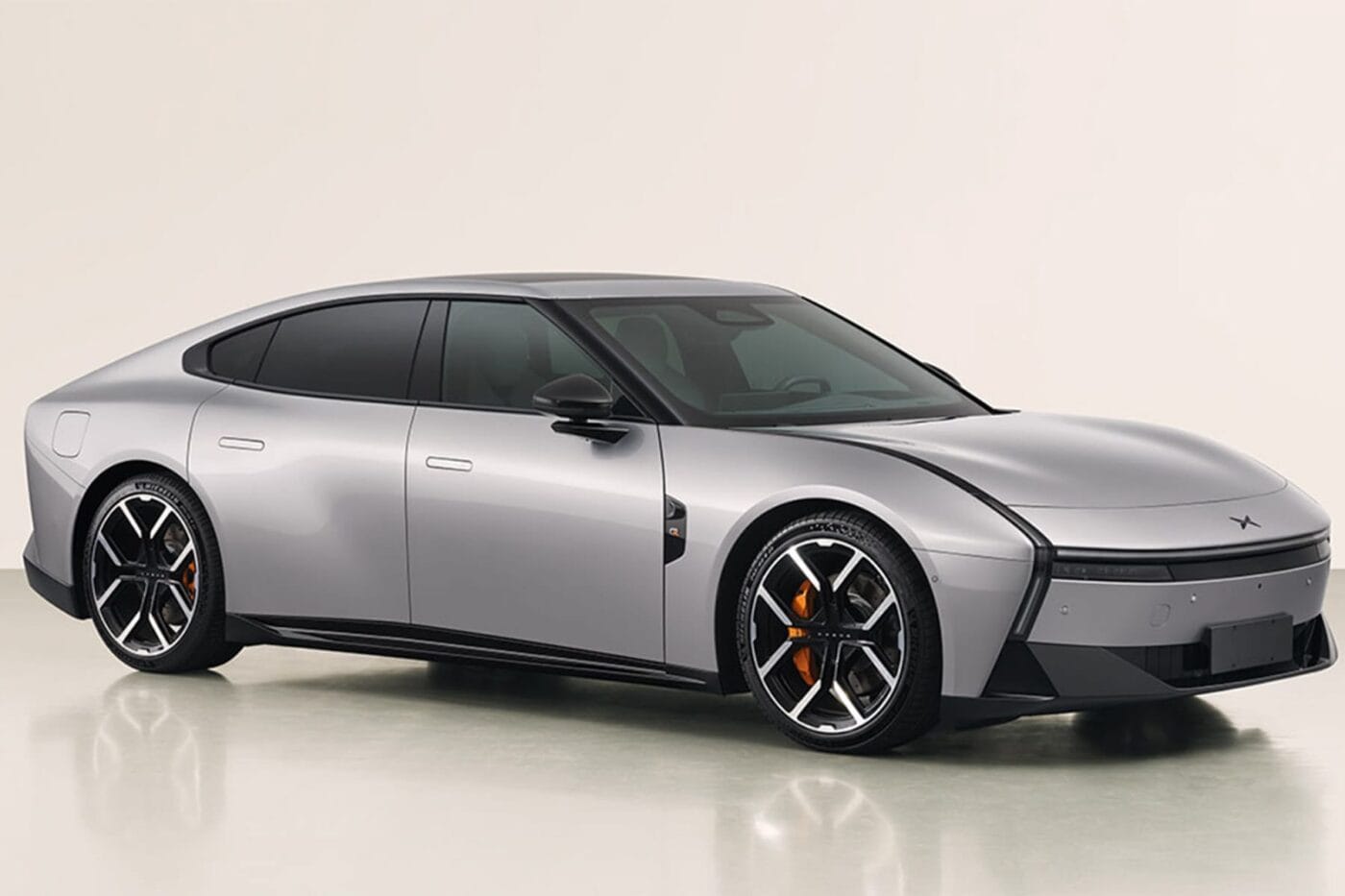
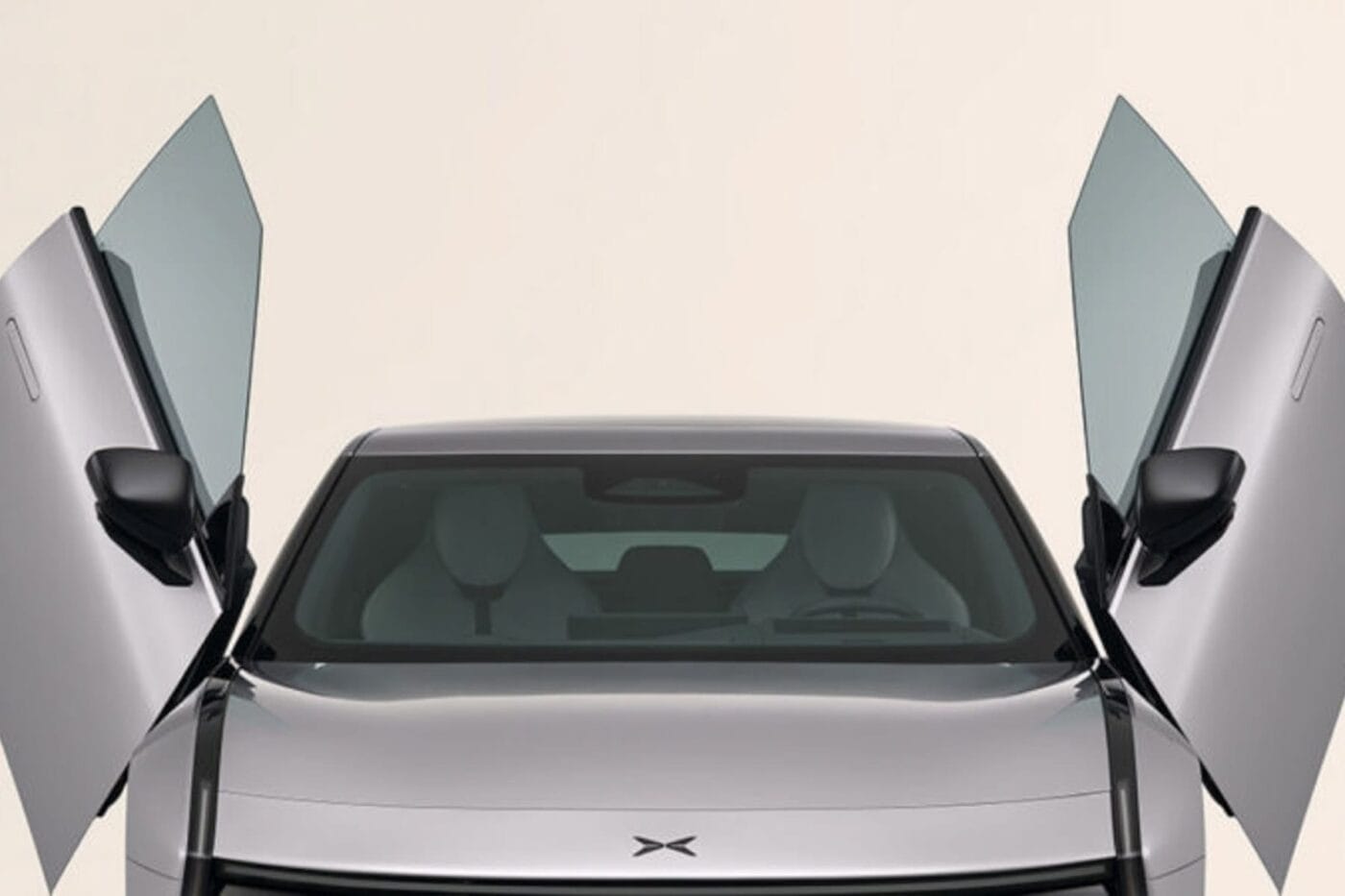
In terms of drive systems, there will be three battery-electric variants at the start – Xpeng will probably not be bringing the range extender drive presented in the autumn to the P7 (at least initially). The basic variant has a 270 kW rear motor with permanent magnets, is combined with an LFP battery from Eve Energy and has a kerb weight of 2,125 kilograms. The Long Range model is positioned above this, offering the same engine with an NMC battery pack from CALB (2,090 kg kerb weight). In the all-wheel drive model, the NMC battery is combined with the 270 kW motor on the rear axle and a 167 kW asynchronous motor on the front axle. The Ministry gives the system output as 437 kW, the kerb weight is between 2,188 and 2,220 kilograms, depending on the equipment. All variants can reach speeds of up to 230 km/h. The MIIT catalogue must specify the cell chemistry and the supplier, but not the energy content of the batteries. These are therefore not yet known.
The new P7 is based on the same platform as the G9 SUV model, which impressed in our test with very high charging capacities of up to 320 kW. However, as it is not known whether the batteries are identical, it is not yet possible to say anything about fast charging for the new P7 – but the prerequisites are very likely to be met. This also means that the new P7 will not have a lidar unit for the semi-autonomous driving assistants.
The new P7 is expected to go on sale in China in July or August at prices starting at around 300,000 yuan (around 36,500 euros at the current exchange rate), at which point further technical data on the batteries and range will be available in addition to the exact prices. According to Xpeng, the new P7 is designed as a global model, with the company deciding which model will be offered where, depending on demand in the various regions.

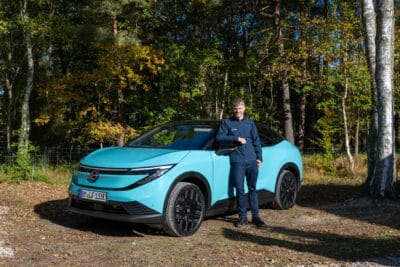
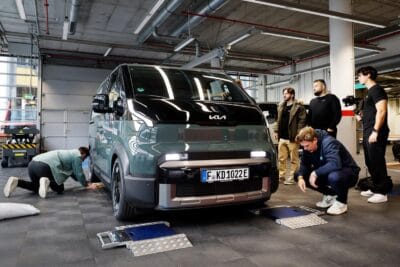
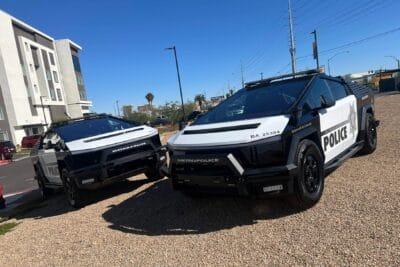
1 Comment